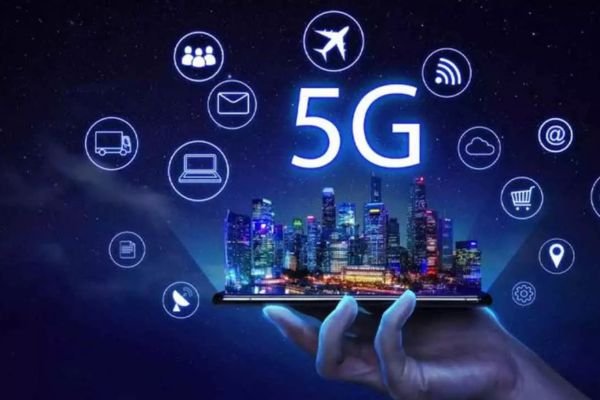The evolution of mobile networks has been transformative, and 5G technology represents the next significant leap forward. Beyond faster speeds, 5G has the potential to revolutionize industries, redefine connectivity, and open up new possibilities for innovation. This article explores the future of 5G technology, its impact, and its role in shaping the digital landscape.
1. What is 5G Technology?
5G, or the fifth generation of mobile networks, is designed to deliver ultra-fast internet speeds, low latency, and massive connectivity. It is a significant upgrade from 4G, offering:
- Speeds up to 100 times faster than 4G.
- Latency as low as 1 millisecond.
- Support for billions of connected devices.
2. Key Features of 5G
- Enhanced Speed: Enables seamless streaming, gaming, and downloads.
- Ultra-Low Latency: Critical for real-time applications like autonomous vehicles.
- Massive Connectivity: Supports IoT (Internet of Things) devices on an unprecedented scale.
- Energy Efficiency: Reduces power consumption for connected devices.
3. How 5G Differs from 4G
| Feature | 4G | 5G |
|---|---|---|
| Speed | Up to 1 Gbps | Up to 10 Gbps |
| Latency | 50 ms | < 1 ms |
| Device Support | Millions | Billions |
| Use Cases | Mobile internet | IoT, AI, AR/VR |
4. Industries Transformed by 5G
The future of 5G technology will impact various sectors, including:
- Healthcare: Remote surgeries and telemedicine with real-time video.
- Automotive: Autonomous vehicles with instant communication.
- Entertainment: AR/VR experiences and ultra-HD streaming.
- Manufacturing: Smart factories with IoT integration.
- Agriculture: Precision farming using connected sensors.
5. 5G and the Internet of Things (IoT)
5G will be the backbone of IoT, enabling:
- Smart cities with connected infrastructure.
- Advanced home automation systems.
- Efficient supply chain management.
6. Challenges Facing 5G Adoption
Despite its potential, 5G faces several challenges:
- Infrastructure Costs: High costs of building 5G networks.
- Device Compatibility: Limited availability of 5G-compatible devices.
- Regulatory Hurdles: Spectrum allocation and government policies.
- Security Concerns: Increased vulnerability to cyberattacks.
7. Global 5G Deployment
Countries are racing to deploy 5G networks. Here’s a snapshot:
- USA: Leading in 5G rollout with nationwide coverage.
- China: Investing heavily in 5G infrastructure.
- Europe: Gradual adoption with focus on industrial applications.
- India: Expanding 5G trials and spectrum auctions.
8. Future Applications of 5G
The possibilities of 5G extend far beyond current use cases:
- Holographic Communication: Real-time 3D interactions.
- Smart Retail: Personalized shopping experiences using AI.
- Immersive Education: AR/VR-powered virtual classrooms.
- Disaster Management: Real-time coordination during emergencies.
9. 5G and Art Enthusiasts
For art enthusiasts, 5G opens new creative avenues:
- Virtual art galleries with immersive AR/VR experiences.
- Live streaming of art events in ultra-HD.
- Enhanced collaboration among artists worldwide.
10. What’s Next for 5G?
As 5G evolves, we can expect:
- Integration with 6G research to push boundaries further.
- Widespread adoption in rural and underserved areas.
- Continued innovation in AI, robotics, and IoT applications.
Final Thoughts
The future of 5G technology is bright, with immense potential to transform how we live, work, and create. While challenges remain, the opportunities far outweigh the obstacles. By embracing 5G, industries and individuals can unlock a world of possibilities, paving the way for a more connected and innovative future.










